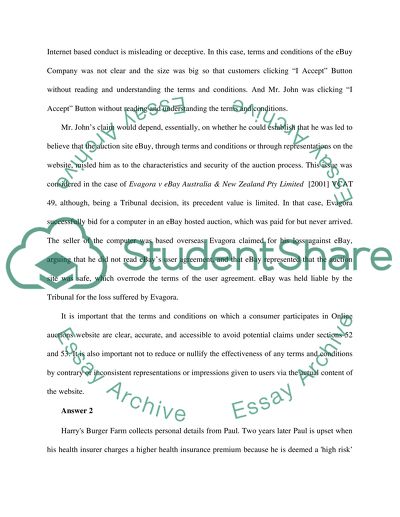Cite this document
(“The Law of Electronic Commerce and the Internet Research Paper”, n.d.)
The Law of Electronic Commerce and the Internet Research Paper. Retrieved from https://studentshare.org/law/1499999-law-of-electronic-commerce-and-the-internet-essay
The Law of Electronic Commerce and the Internet Research Paper. Retrieved from https://studentshare.org/law/1499999-law-of-electronic-commerce-and-the-internet-essay
(The Law of Electronic Commerce and the Internet Research Paper)
The Law of Electronic Commerce and the Internet Research Paper. https://studentshare.org/law/1499999-law-of-electronic-commerce-and-the-internet-essay.
The Law of Electronic Commerce and the Internet Research Paper. https://studentshare.org/law/1499999-law-of-electronic-commerce-and-the-internet-essay.
“The Law of Electronic Commerce and the Internet Research Paper”, n.d. https://studentshare.org/law/1499999-law-of-electronic-commerce-and-the-internet-essay.


